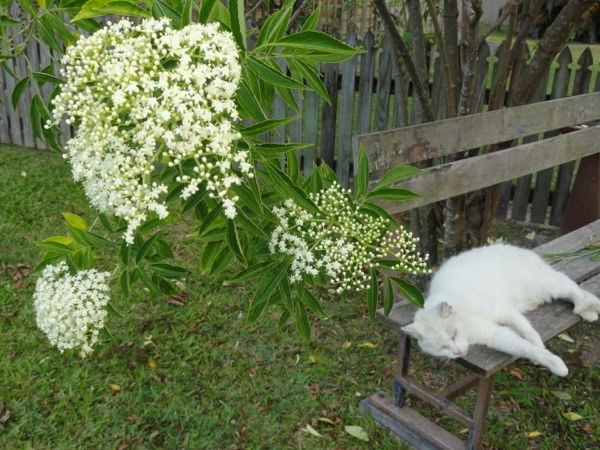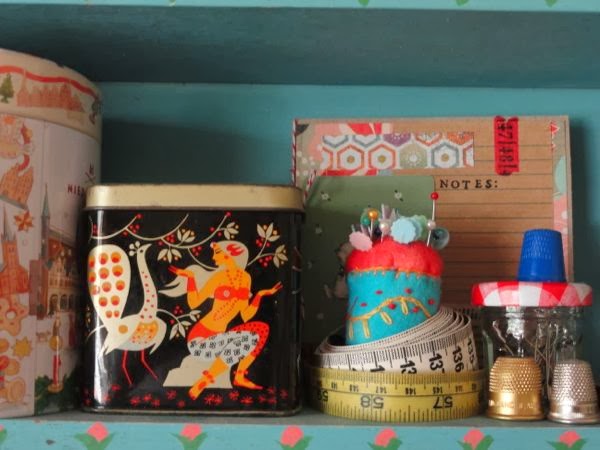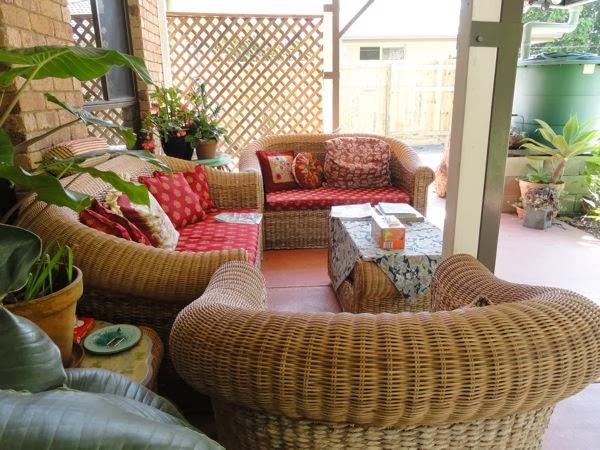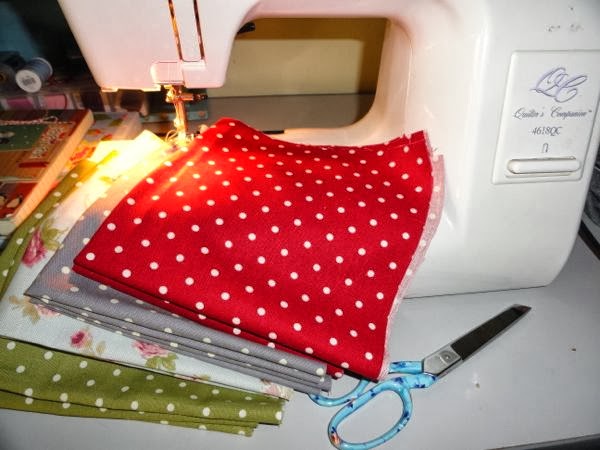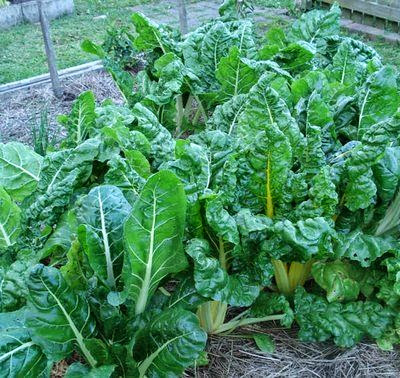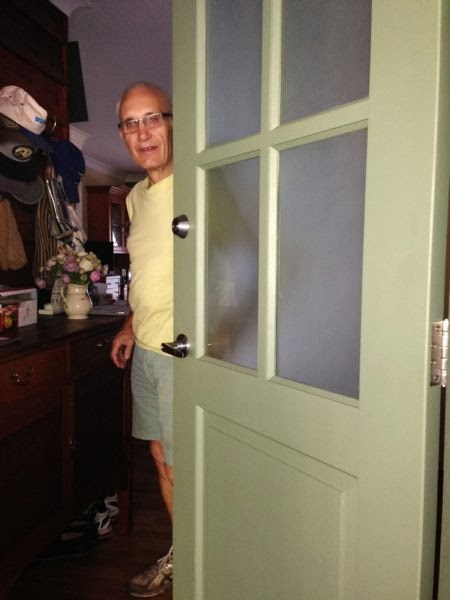On the other hand, there is the opportunity to reach out and connect with like-minded souls. We can form lasting friendships, learn from each other's cultures, teach ourselves to knit, sew, mend, recycle, keep livestock, cook, make jam and to preserve it, to grow a garden and produce food for our tables and so many other things. The internet makes all that possible. I like to believe that for every bit of nonsensical behaviour that takes place over the internet, there will be a corresponding act of kindness, gratitude and sharing to balance it out. I can't imagine how many lonely people, who would otherwise not be able to get out, have their social time on the internet - in forums, chat rooms, clubs and craft groups. How many young cooks have started cooking by searching for recipes on the web; how many home work questions have been answered; how proud do we feel when we upload a photo of something we've created, be it a garden, dress, cardigan, cake, cheese or even a newly born baby. For on the internet, yes, there is the unspeakable and the ruthless but there is also a big group of people, just like you and me, who come to their keyboards every day and yell out into the ether: "I'm here! Are you there?"
And we find each other.
One of the best features of the internet for me is that it makes government and big business more accountable. Pre-internet, there was no way ordinary people could take part in discussions about world politics, finance, society, the arts, politics, corruption or any of the seemingly "important" subjects. Now we can easily comment on news stories, send vision and reports into news groups, or blog about our own experiences and concerns. We've all heard stories about rogue politicians closing down radical or citizen-run newspapers and media outlets but so far, no government has been able to shut down the internet. And that is probably because the internet doesn't belong to anyone and it's not controlled in a formal sense. It belongs to us all.
I think personal responsibility is as important and significant as political ideology. We all have the ability to see what is happening around us, to make decisions based on that knowledge and by taking small steps, change our lives. I have moved away from my consumerist culture to a more solitary life focused on home and on sharing what I know with those who are interested. The internet has given me that opportunity, not only to reach you, but to also reach Penguin publishing and many other media organisations who have helped me spread my message. But mostly I am thankful that I have this community here who support and encourage each other, who learn and teach, and who sit silently reading while never raising their own flag to say "I'm here too." Like every other healthy community, it takes all types, and I love that. I love the fact that while there are other older women here who mirror me in many respects, there are also men and younger folk, and those who are middle aged. What we have here is a carbon copy of what we find in any vibrant community - we have women and men, straight and gay, religions of all denominations and those who are atheist, rich and poor, healthy and ill. We have people here from many cultures and philosophies. There is no one type you can say is typical or acceptable here, we all are.
I have always been amazed at the number of people who read here. I put that down to consistency, my respect for you and the interesting community that has built up around the blog. Overnight we passed the eight million visitors mark. Those people have read over 12.5 million pages here.
I have always been amazed at the number of people who read here. I put that down to consistency, my respect for you and the interesting community that has built up around the blog. Overnight we passed the eight million visitors mark. Those people have read over 12.5 million pages here.
Thank you for finding your way here today and all the other times you walked this way. I don't need the validation because I know the way I'm living now is right for me, my family and for the piece of earth we look after. But even though I'm not looking for validation, I am looking for conversation, friendship and the exchange of ideas, and here, my friends, we have that in abundance. Thank you for helping to provide that and for adding to the always thought-provoking conversation. xx

